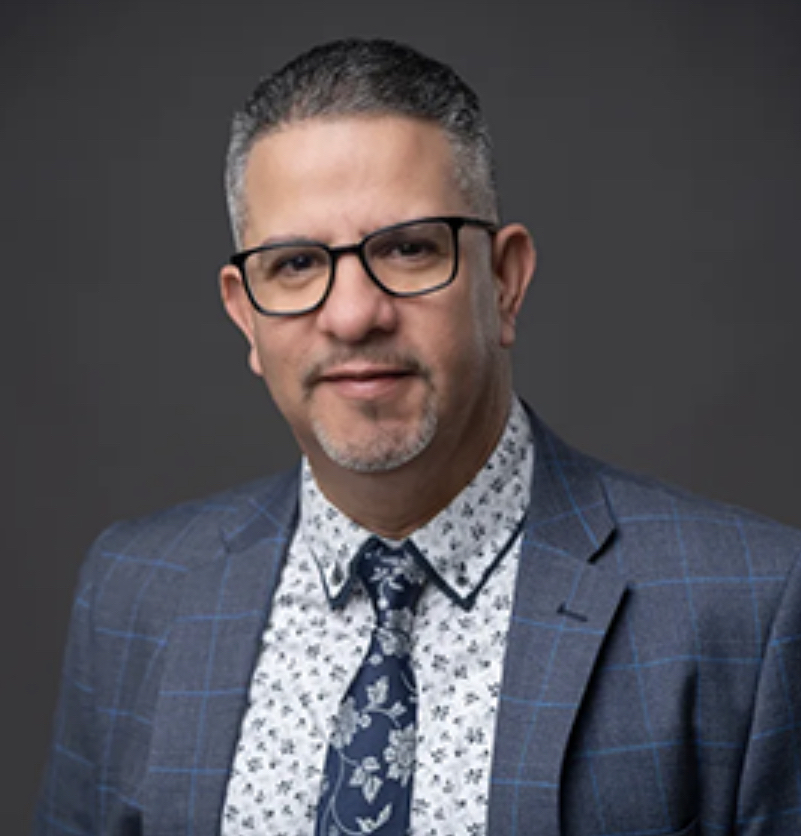By Victor Capellan
As the father of a 5-year-old boy attending Kindergarten, I always think about his safety while in school. I know this is the same for millions of parents who worry about their children whenever they drop them off at the school door. The horrific events of violence in our schools are a nightmare that no one should endure, and we know that educators and safety professionals are doing their best to keep children safe while teaching them. As a former high school principal and superintendent of schools, keeping my students and staff safe was always my top priority. Every day, I looked for ways to make improvements in this area, and I always felt that more was needed. In response to this alarming rise in school violence, ASIS International’s Professional Standards Board (PSB) has taken a significant step forward by formulating a standard that will serve as a guiding light for creating and implementing comprehensive school security programs.
Recently, I had the privilege of attending the Global Security Exchange (GSX) conference in Dallas, TX. During my time there, I actively participated in a workshop sponsored by ASIS, an experience that provided invaluable insights into the development of the standard. This gathering brought together safety professionals and educators from around the country to learn and build a collective effort toward strengthening school safety.
The goal is to create a risk-averse learning environment, and ASIS efforts are aimed at developing a standard to equip schools with the necessary tools to assess risks and implement protective measures. This involves applying physical security principles to establish a safe and secure learning environment. Measures such as fortifying facilities, training staff and students in security awareness, and creating safer workplace protocols are integral components. More importantly, however, the goal is to strike a careful balance between strengthening safety measures without students and staff feeling imprisoned. So, while we do need to provide a safe environment, we also need to ensure it is a nurturing and enriching learning environment.
By embracing this standard, schools will be better equipped to defend against safety threats such as active shooter incidents, which pose significant risks in an educational setting. The standard acts as a blueprint, allowing schools to adapt safety and security protocols to their unique needs. Embracing this standard empowers schools to tap into the collective wisdom and expertise of security professionals, informed by the daily experience of educators, ensuring access to the latest best practices and guidelines for fostering a safe and secure learning environment.
Developing an internationally recognized standard is a complex endeavor that requires input from various stakeholders, including security professionals, educators, and government officials. The ASIS PSB has thoughtfully assembled a team of experts to create a standard that is comprehensive, practical, and relevant to the needs of schools nationwide.
This standard, encompassing K-12 schools, will serve as a foundation for contributors to develop policies, plans, procedures, controls, and integrated physical security systems. By promoting a collaborative approach to school safety, the standard will play a vital role in cultivating a safer learning environment.
As educators, we are responsible for protecting our students and staff at all times. By offering guidance on risk assessment, protective strategies, and physical security measures, this standard empowers schools to develop safety protocols tailored to their specific needs. As educators, it is our collective duty to champion the development of this standard and continue to advocate for a safer learning environment for all.
Like many who are passionate about creating safe and secure educational environments, I anxiously await the release of this standard in 2024.

Victor Capellan is a former high school principal, public school superintendent, and senior state education official. Today, he leads the education practice at The Perry Group, a crisis communications firm focusing on serving K-12 educational institutions.
